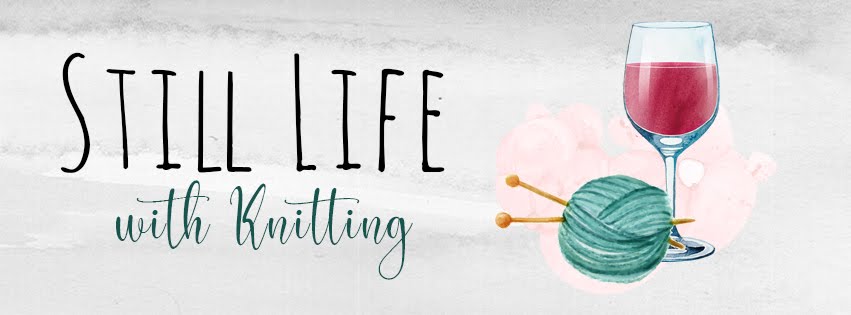Almost two years here in our new humble abode, and I've yet to go to a local farmers' market. I know, right? But surprisingly, the markets around here only run from June through the end of October. We moved in right as the local markets were closing for the season, and then the following summer I was travelling and working constantly for shows, and well. Trips to the farmers' markets just haven't happened.
So I was thrilled when I learned of a new farm in town that was running a Community Supported Agriculture (CSA) program. If you're unfamiliar with CSA's, they are a partnership between the farmer and subscribers. You pay a membership fee up front, essentially buying a share of the farms' produce for the upcoming season. Each week, members pick up a box of freshly-picked produce at the farm. What you get is whatever is fresh that week, and the contents of the boxes change as the season progresses.
South Fork Farm has a really interesting history. Owners Jackie and Ryan have leased 10 acres of farmland from the American River Conservancy. The farm, part of 272 acres of beautiful land being protected by the Conservancy, is located near the south fork of the American River (hence the name) and is very close to where gold was first discovered in California. A vineyard operated here in the 1850s-1860s, and then in 1869 the site became the home of the first Japanese settlement in North America, when a group of 22 Samurai and their families arrived and established the
Wakamatsu Tea and Silk Colony. Unfortunately, the colony was not successful and the people dispersed, all but two who stayed on when the Veerkamp family bought the land and established a farm and dairy. Luckily the Veerkamps helped preserve the history of Wakamatsu (now on the National Register of Historic Places), and the Conservancy (who purchased the land from the Veerkamps in 2010) now works with a number of organizations to keep that history alive.
One of the farm's fields prepped for planting at the beginning of the season.
Seedlings in the hot house.
It's a win-win. Land is being conserved, history is being preserved, young farmers have an opportunity to farm without the debt associated with high land purchase costs, and the community has access to certified organic and locally grown produce. In addition to vegetables, South Fork Farm has planted two acres of heirloom wheat and plans to expand production in coming years. The owners have purchased a combine and a grain mill, built a wood-fired oven, and now also sell bread made with their own wheat and baked right there at the farm in their wood-burning oven (it's delicious). Their goal is to eventually grow enough wheat that they can sell also flour at their farmstand. And oh, am I looking forward to that.
The wood-fired oven, and breads made at the farm.
Thursday is produce box pickup day, and I just returned from a trip to the farm to get my box. It's 20 miles roundtrip to the farm, but I've turned it into a pleasant weekly ritual. It's a lovely drive, and I pass vineyards, farms, pretty views, and one property with at least 30 ponies milling about. Ponies!!!
I've been trying to eat better and cook healthier meals on a regular basis, and getting a big box of fresh produce each week is a good way to encourage that, as well as being a great way of developing cooking skills. I'm becoming much more adept at pulling this and that out of the fridge and coming up with a spur-of-the-moment recipe.
The farmstand building.
The farm's old Ford tractor.
So, what was in this week's box, you ask? Well, a lot. Arugula, garlic, chives, thyme, fennel, red onions, 3 kinds of eggplant, 2 varieties of sweet peppers, summer squash, tomatoes, two types of cucumbers, and watermelon, and French chanterelle melons.
And what will I do with all of this, you ask? Well, the fennel bulb will be sliced and topped with some thinly sliced red onion, some of the chopped fennel fronds, oranges, and a citrus vinaigrette for a nice summer salad. Some of the eggplant will be grilled, then preserved with thyme and sliced garlic in olive oil and stored in the fridge to use later for sandwiches or to put in pasta. The rest of the eggplant will likely be turned into ratatouille. There will be cucumbers topped with feta cheese and splashed with lemon and olive oil, and something will be probably be sautéed and mixed with pasta and maybe tossed with pesto.
Veggies for sale at the farm's open house this past April: carrots, radishes, spring onions.
This is the Farm's first year of operation, and it will be interesting to see how it grows and changes with time and experience. If you have a CSA near you, I'd encourage giving it a try. It's a big commitment, but I'm finding it to be worth it.





















